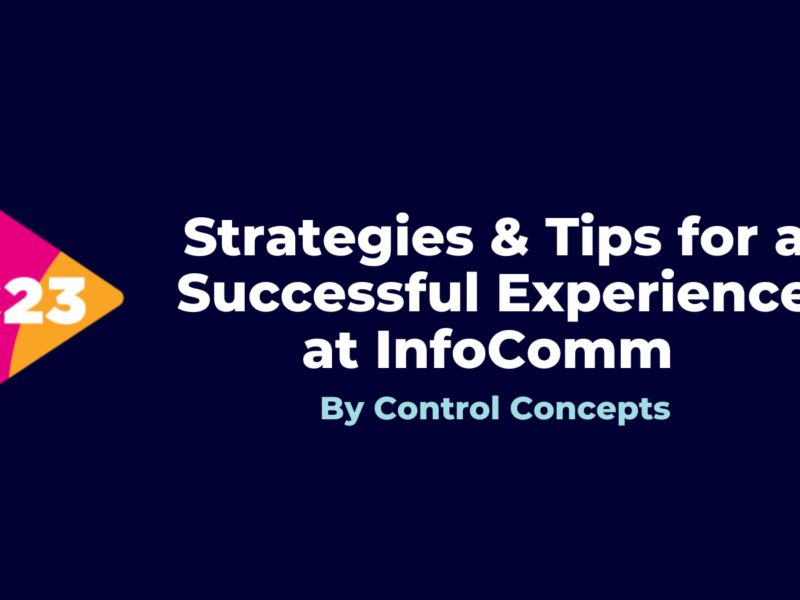
On Your Business: Choosing Not to Work with a Client
While parting ways can be a smart business move, it needs to be handled responsibly.
It can be trendy and empowering for a business to say that they are “firing” a client. Many times, deciding to part ways with a client can prove to be a smart business move; however, it is something that needs to be taken seriously and must be handled in a responsible manner.
Since businesses exist to serve clients and clients want to rely on businesses to satisfy their needs, having to fire a client or terminate a relationship is not something to revel in and should not be a regular occurrence. While it may be the best decision for a given situation, the outcome can be both unsettling and disruptive for both the client and the business. The client will likely continue to have unmet needs and the business will be losing revenue.
Not An Overnight Decision
There are various reasons why clients and businesses choose to part ways. Some are a result of an improper fit, where the client’s needs and provider’s offerings don’t align to provide a mutually beneficial engagement. Other rationales can stem from a variety of differences related to pricing, scheduling, and scope of requirements. Finally, conflicts do arise related to differences in values, personalities, difficulties in communication, unrealistic expectations, or even inappropriate behaviors.
Whenever businesses are parting ways with a client, they need to ask themselves some important questions: Why did it occur? Could it have been prevented? What can be learned? Was this a relationship that should have been pursued in the first place?
[Leadership Lessons from Ted Lasso]
If parting ways with clients becomes a regular occurrence or if the same cause is consistently identified, businesses need to look within and reflect on what they could be doing differently. While it may be easy to pass the blame to an unreasonable client, a business engagement is a product of two parties, and neither should be completely devoid of responsibility.
No different from personal relationships, it can be valuable to comprehend why some business connections work while others don’t and determine if improvements can be made to avoid similar occurrences in the future. This process can lead to difficult conversations and reflection, which involve honest feedback and introspective evaluation of one’s behaviors and actions that can reveal unexpected discoveries.
In some cases, findings can lead to ownership of conduct inspiring tangible adjustments to practices that provide lasting impact and limit future situations from going awry. In other cases, a determination can be made that there was an incongruence between the business and the client from the onset—and the business needs to do better at identifying, defining, and attracting clients that will be the right fit while avoiding others who fall outside of those parameters.
There are also cases where businesses or individuals may not have an interest in making changes to their perspective, actions, or practices. In these situations, separations may be harder to avoid and are likely to occur with a greater probability and higher frequency than for other businesses. In any case, it is important to remember that whether it is an unhappy client who takes their business elsewhere or the business that “fires” the client, neither will truly result in a positive outcome.

(Image credit: Getty Images)
Deciding to part ways with a client is often linked to bad experiences or difficult situations. While these may be unavoidable from time to time, they should not be the norm. Organizations who are facing these challenges should consider how outcomes could be different if they could attract more clients who are the right fit and steer clear of those who are not.
While many businesses may feel that they are not in the position to choose their clients but instead hope their clients choose them, others have learned from past mistakes and bad experiences. Those who have either been burned enough times or have found their guiding light now take their time better understand and define their “ideal” client profile.
After years of being in business and working with clients of different types, it should become more apparent which are a good fit and which are not. By clearly understanding these characteristics, both good and bad, an ideal client profile can be developed. With a better awareness of the characteristics of this ideal client, businesses will have greater success in building relationships that work, while avoiding those that lead to bad experiences and ultimately need to be terminated. The more clearly an organization can define the persona of an ideal client, the more successful they will be in marketing to them, attracting their business, and achieving success.
Find the Right Clients
For starters, businesses need to understand that they can’t be everything to everyone. Therefore, it is important to identify a few key elements that will help to define what types of clients to pursue.
Start by intimately knowing the organization’s strengths. What services do they perform particularly well? What are their competitive advantages? Do they have a quick response time? Are they particularly detail-oriented and thorough? Are they priced more aggressively than others? Does the team have standout skills?
On the flip side, businesses need to be just as clear and honest about their weaknesses. What are some of their struggles? In what situations do they not perform at their best? What products or services are less than ideal as compared to others? What types of clients do they regularly find difficult to satisfy?
Once the business strengths and weaknesses are identified, the strengths should be cross-referenced with additional criteria, including the needs of the market, the profitability of their stronger offerings, the appreciation they receive for exhibiting their stronger qualities, and the characteristics of clients with whom they enjoy working. The result of this brainstorming and mapping should paint a general picture of the types of clients for whom they are likely to be a good fit.
Taking it one step further, and just as important, this exercise will provide a general idea of the characteristics of clients who will not be a good fit. By piecing these two elements together, a description and checklist of criteria can be defined describing how to qualify as an ideal client.
While working with ideal clients is an ultimate goal for most businesses, it will take time to identify and attract them. During this time and likely beyond, there will continue to be relationships that don’t work out for one reason or another. When situations arise that call for “firing” a client, consider the learning moments and be thoughtful about facilitating a responsible handoff. If a client has good qualities and is just not a proper fit, consider re-homing them to another provider that is better suited to service and support them in a way that both can benefit (rather than casting them aside without a solution for their needs).
For those who are focused on ongoing personal and professional growth, firing a client or a failed relationship can be the gift of a life experience that provides an opportunity to reflect, learn, and adjust. Clarity and insight can turn that negative situation into something positive that can contribute to more favorable future results. Choosing not to work with a client can produce tangible reward, as long as it is done for the right reasons, is handled professionally, and can produce a valuable learning opportunity.
- Posted In:
- Media
You might also like
-
Why is it Important to Attend InfoComm? https://controlconcepts.net/wp-content/uploads/2022/04/Copy-of-Strategies-Tips-for-a-Successful-Experience-at-InfoComm23-1024x576.png 1024 576 Steve Greenblatt Steve Greenblatt https://secure.gravatar.com/avatar/2e3b2cb4ec84edcb6983a3711b205d17e3232bf366d96099b3291c500d06f4b2?s=96&d=mm&r=g

-
-




